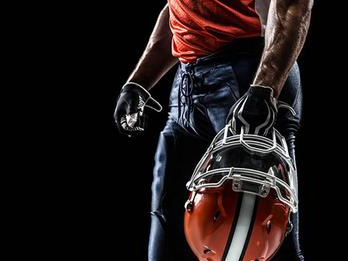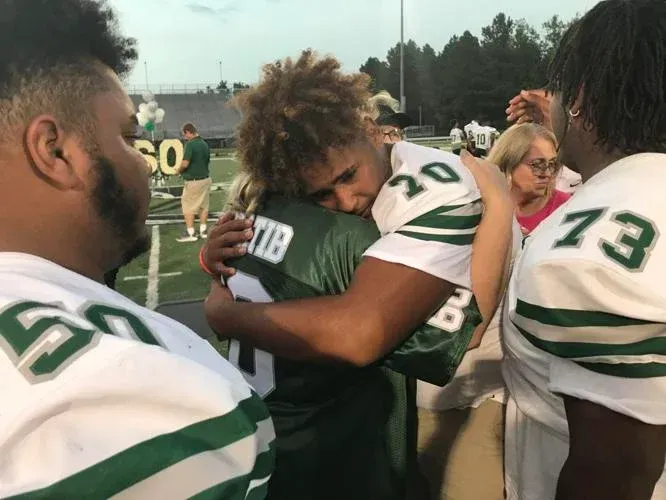Zach Hoffpauir: The Real Story, CTE Results & Legacy
Leave a legacy. That’s what many hope to accomplish before their time comes to leave this planet.
Former Peoria Centennial baseball/football star Zach Hoffpauir, who passed away on May 14, 2020, at the age of 26, did just that.
There’s more to his story, especially surrounding his unfortunate passing. Original reporting labeled his death a suicide after he took some pills to help him sleep. It turns out they were laced with fentanyl. Shannon Hoffpauir, Zach’s mother, says that’s far from the full truth.
“For a report to come out, ‘Just another athlete who died of a drug overdose,’ that doesn’t tell the story,” Shannon said.
The morning it happened, Zach was at home with his father, Doug Hoffpauir.
“That morning I went to go fishing,” Doug recalls. “I got up at 3, we talk a little bit. He goes ‘I would love to go fishing with you and papa but I have too many video things going on today with school.’ So the last thing we talked about I just said ‘Zach I love you,’ and he goes ‘Yeah I love you too.’ That’s the last thing he said…. I came back somewhere around 11:30, I was really tired and his door was still shut. So I went to sleep, then I woke up and I just had this weird feeling. I went into his room and he was gone.”
This documentary sets the story straight and expands on Zach’s journey from childhood to mental health struggles in adulthood to the lasting impact he had on others. This is the real story of Zach Hoffpauir.
CTE Research Results
After Zach passed, the Hoffpauir family sent his brain to Boston University for Chronic Traumatic Encephalopathy research. According to neurologist Dr. Ann McKee, Director of Boston University CTE Center, Zach had stage two CTE.
“He had quite a number of lesions in the brain,” McKee said. “They were mostly in the frontal lobe, but they were also in the temporal lobe. It was really riddled with CTE lesions.”
Zach played football for only nine years, which is why the stage of his CTE came as a shock to McKee and the Hoffpauir family. Shannon says Zach seemed to think he had CTE, but there’s no way for anyone to know if they have it until they’re already gone.
Doug agrees that the news of CTE being present in Zach’s brain isn’t surprising.
“It all makes sense to me now,” Doug said. “He was struggling to just be alive and feel okay.”
Part of having CTE is a gradual reduction in quality of life. Zach noticed it. His parents and friends noticed it. Everyone he knew, realized something was off. According to Dr. McKee, it never would’ve gotten better, only worse. By the time he reached his forties, it’s possible he could’ve developed Alzheimer’s or other brain-related diseases.
“At first I could not stop crying about the torture that he had gone through,” Shannon said after finding out about the CTE in Zach’s brain. “And then I felt a slight amount of peace in the sense that there would be some justification for Zachary. For people to truly understand what he had been facing and going through. In my own heart, there was a little bit of thankfulness of God’s mercy. That Zachary got to go out as Zachary.”
Lasting Legacy
This is where I diverge from journalism in this story. Zach was a remarkable human being who touched countless lives in his 26 years on this planet. Now, his family is trying to help others with his story. This wasn’t included in the documentary because both of the following projects are under development.
Shannon is creating The Zach Hoffpauir Project to help athletes adjust to life after sports. After living through the experiences Zach did, she believes there is room for improvement in our current mental health institutions. The steps towards her goal of getting athletes the help they need are still being created.
Doug is trying to partner with Boston University and their CTE research. He hopes that there are more ways to spread awareness about the dangers of CTE and how to avoid it without having to give up contact sports.
You’re encouraged to check out both causes.
To wrap this up, I want to say thank you to everyone who made this story possible to tell. Myself, Claudia Faust, and Devon Henry were humbled to share this story. Thank you to Shannon and Doug for allowing us to enter their homes and speak with them about Zach, and tell his real story.
Source: sports360az.com






